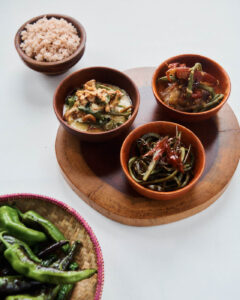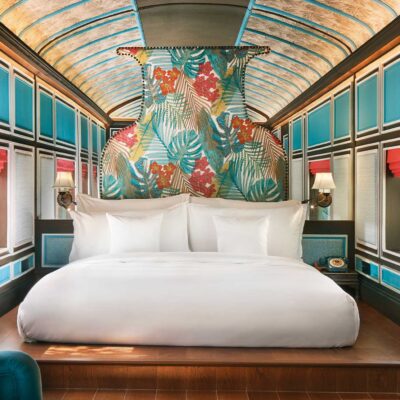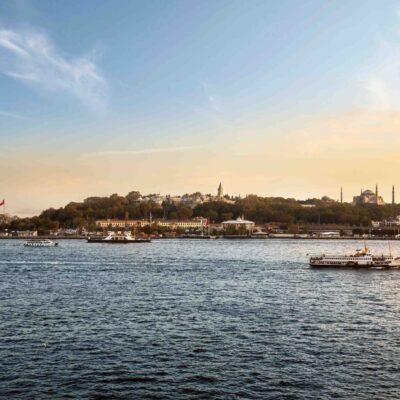
Unless you’re from a select few countries, such as India, Bangladesh, and the Maldives, travel to Bhutan is expensive and not easily undertaken. However, the distinctive Buddhist culture, unspoiled scenery, and fresh mountain air make it very worthwhile. The number of people visiting Bhutan is increasing every year, reflective of growing interest in the country as a tourism destination. Draped along the mighty Himalaya lies tiny Bhutan, cut off from the “outside” for thousands of years. Now Bhutan is opening its gorgeous vistas, peaceful farms and unique traditions to a few lucky visitors.
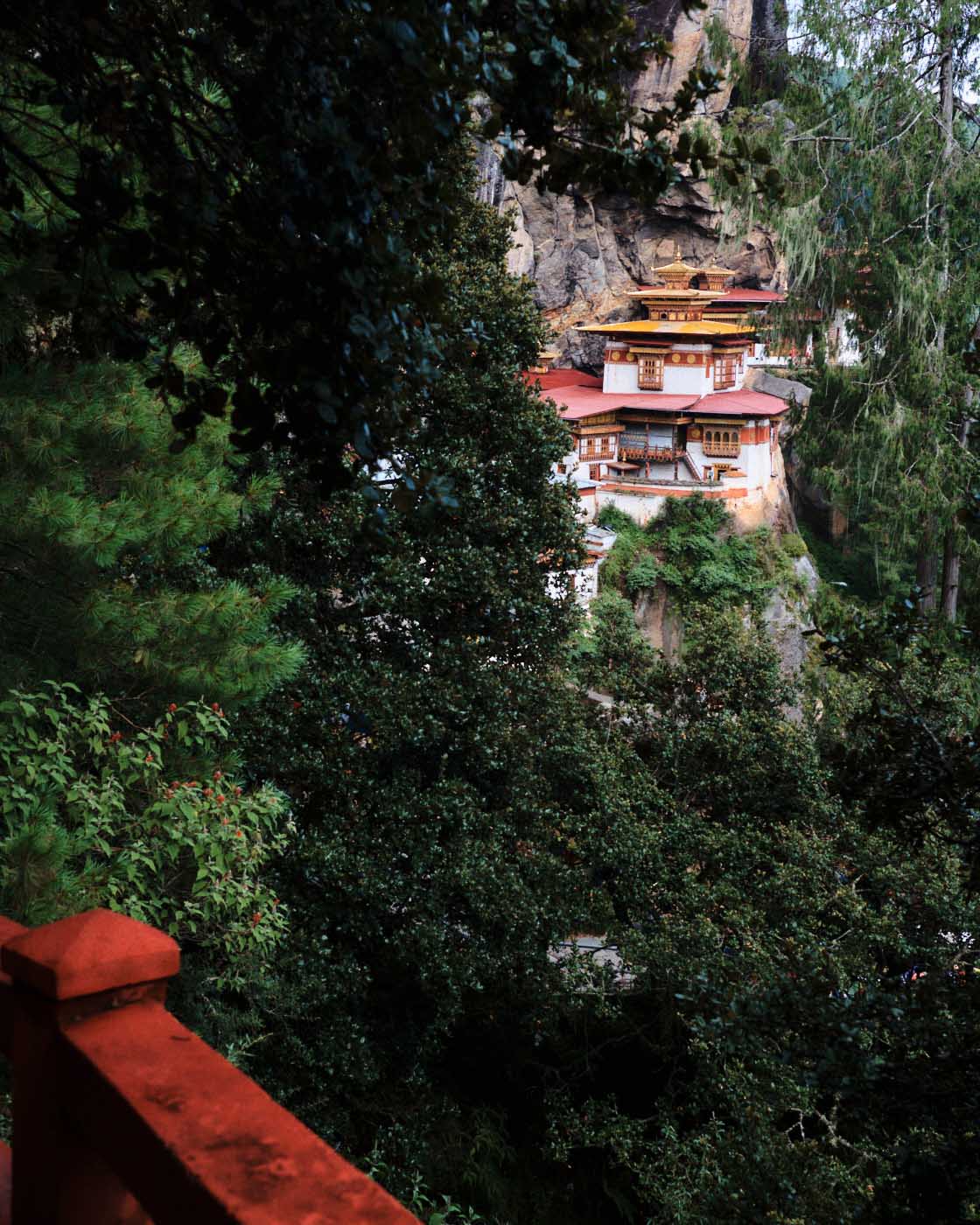
GROSS NATIONAL HAPPINESS
Any visitor to Bhutan will soon become acquainted with the term GNH. This concept was invented by His Majesty the Fourth King Jigme Singye Wangchuck in the 1970s and quickly became known the world over. Bigger and more developed nations were intrigued with the idea of this small Himalayan nation that valued its citizens happiness and well-being over economic growth.
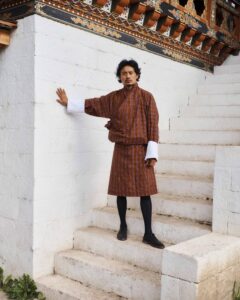
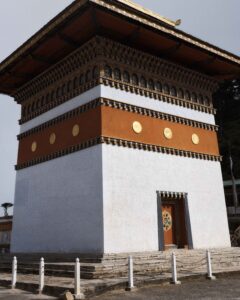
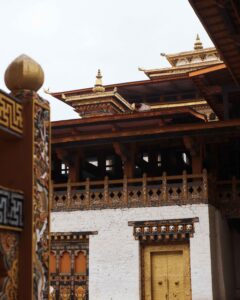
A complex and multi-faceted concept, GNH emphasizes sustainable development. Its four pillars are good governance, sustainable socio economic development, cultural preservation and environmental conservation. In Bhutan, GNH is not an abstract idea but a policy that influences development and decision-making. An understanding of GNH and how it affects Bhutan will help you understand why this small nation is often associated with happiness.

Wellness and wellbeing are integral to the Bhutanese way of life. In fact, the old name for Bhutan was ‘southern land of medicinal herbs’. Bhutan’s unique approach to development, as reflected in the GNH, places a strong emphasis on holistic well-being, encompassing physical, mental, and spiritual aspects. Here are some key aspects of wellness and wellbeing in Bhutan.
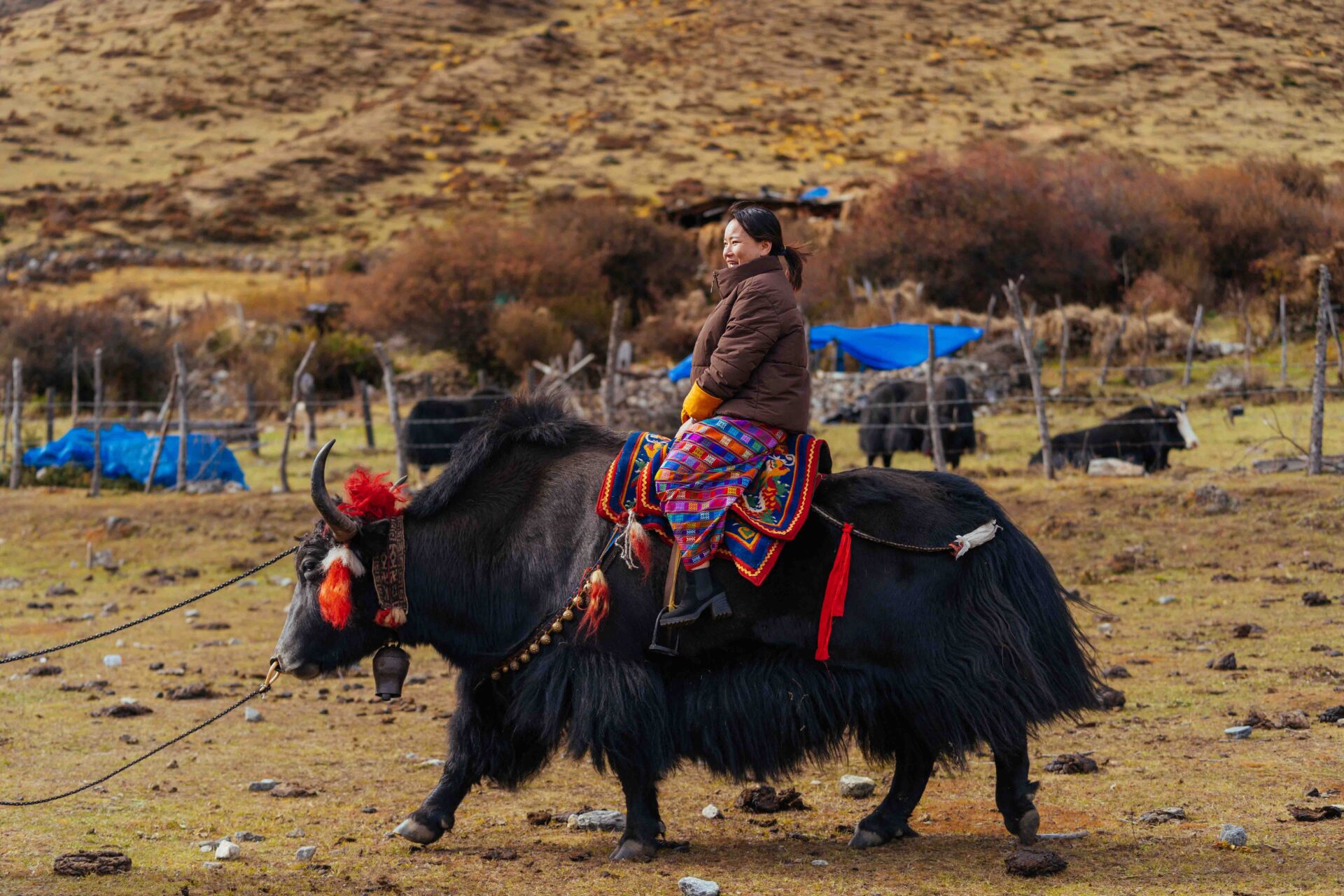
ARCHITECTURE
Bhutanese architecture is unique, striking and hints at the rich history of the nation. The stone walls of a village house or towering edifices of a dzong are not just beautiful to look at, they are true reflections of the country and its people. Bhutanese architecture is heavily influenced by Tibetan Buddhism and is made without nails or iron bars. In fact, most dzongs were made without any written plans or designs.

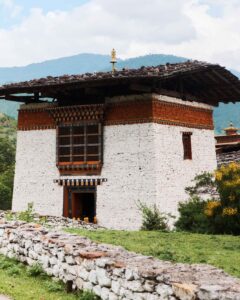
Thanks to a royal decree passed in 1998, all Bhutanese buildings must follow some traditional rules during construction. Most traditional houses in the west feature rammed earth walls, wooden windows and slanted roofs. They are often decorated with religious symbols or even giant phalluses, a symbol of fertility. In hotter climates, houses are made from thatched bamboo. Travel across Bhutan to experience world-renowned architecture that is still very much alive today.
TRADITIONAL ART & MUSIC
Bhutanese music can be classified as folk, literary, lozey, religious, rigsar and B-pop. With an explosion of radio stations, Youtube videos and live performances, it’s safe to say that the Bhutanese music scene is only getting more popular both within the country and internationally.
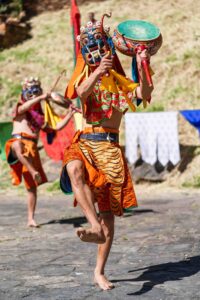
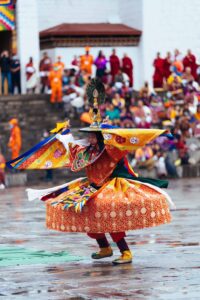
Bhutanese art is influenced by Tibetan religious paintings and often depicts saints of Vajrayana Buddhism. This type of art adorns the walls of almost every dzong, chorten and monastery that you will visit. Modern art is also gaining popularity and can be appreciated with a visit to contemporary art galleries. There are also 13 famous arts and crafts of Bhutan known collectively as “Zorig Chosum.”
Experiencing Bhutanese art and music during your trip means opening your eyes and ears to the multitudes of perspectives, values and understandings that exist in this small country.
WILDLIFE & NATURE
Bhutan is well-known for its environmental conservation efforts. Not only has it been hailed as “carbon-negative” but it is also one of the only nations where more than 70% of the country is covered by forests. This high forest coverage is possible due to the many swaths of Bhutan that are covered by protected areas like national parks, nature preserves and wildlife sanctuaries. In fact, almost 42% of the country is covered by five national parks, four wildlife sanctuaries and a nature reserve- all connected by a system of biological corridors. The culture and people of Bhutan are intertwined with the environment and natural surroundings. These protected areas are a tribute to this symbiotic relationship that conserves flora and fauna in the country for future generations.
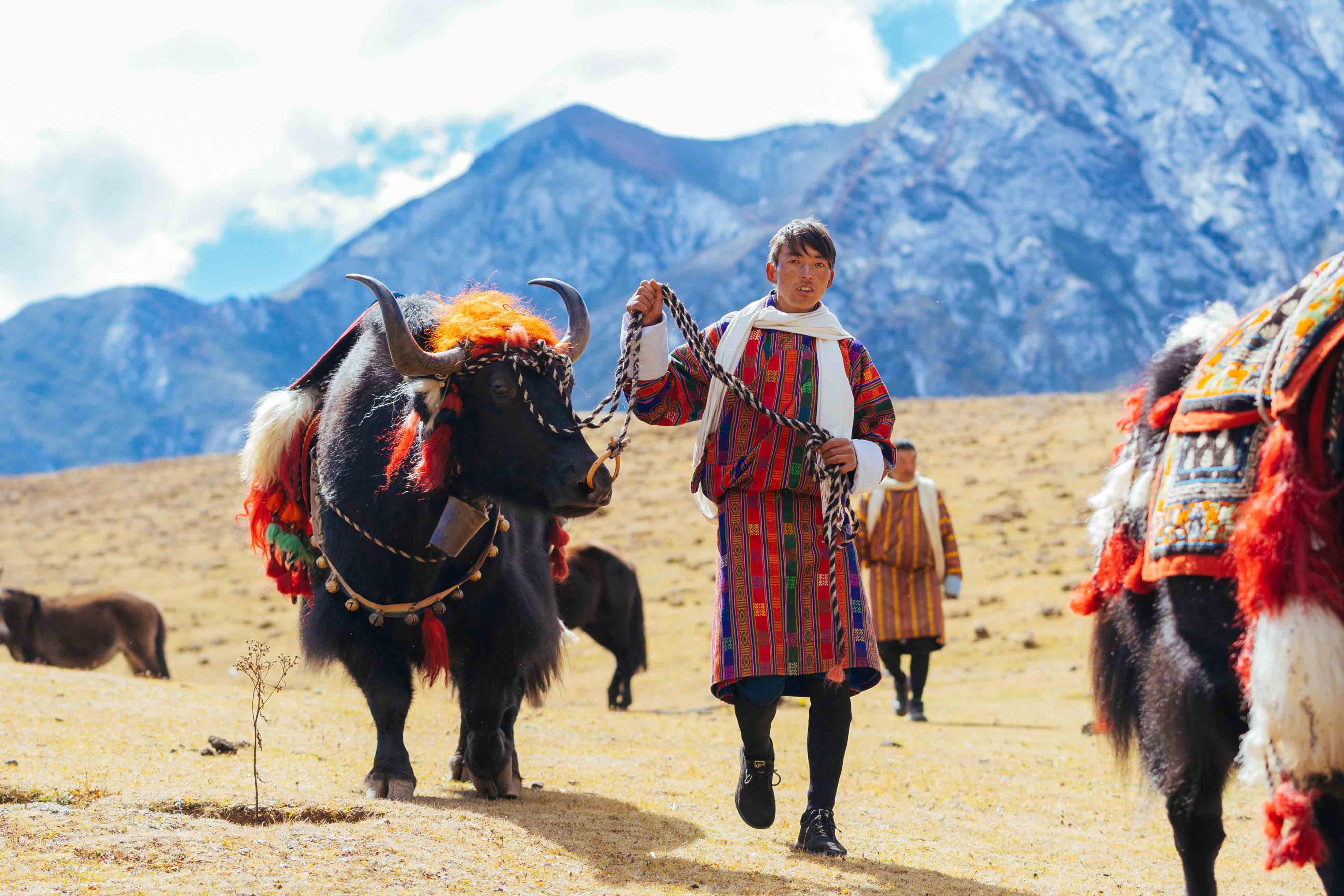
The rugged mountains and precipitous ravines of Bhutan are even more scenic with the addition of a waterfall. These pristine waters originate at icy glaciers and fall to the valleys below. Areas surrounding the waterfall are cool, refreshing and the perfect picture spot.
You’ll see many waterfalls along road trips to different parts of the country. Waterfalls sometimes become fast flowing rivers and freshwater streams. People stop by these blessed waters in the middle of tiring journeys along Bhutan’s winding roads.
The twin waterfalls in Panbang under Zhemgang dzongkhag is a hot attraction on your way to river rafting adventures in the south. The waterfall drops into a big pool of fresh water where locals swim in the hot summers.
Another popular destination is one of Bhutan’s biggest waterfalls in Wangdiphodrang, on your way to Tsirang. The roads are not very car-friendly so we recommend hiking towards this wonder. The hike to Taktsang monastery also features a small but stunning waterfall.

Waterfalls in Bhutan are small but picturesque. They don’t fall from great heights but still act as a balm to weary travelers on a hot summer day. When traveling across Bhutan, stop and dip your feet into the refreshing pools found at the base of waterfalls.
Bhutan is an ornithologist’s paradise. Densely covered in lush forests and protected habitats, the country currently boasts an impressive 754 bird species. This includes four critically endangered, five endangered, 21 vulnerable and 12 restricted-range species. Around 50 species are winter migratory birds.
BHUTANESE FOOD
Bhutanese cuisine is characterized by its bold flavors, generous use of spices, and unique combinations of ingredients. Bhutanese food is often described as rich, hearty, and unique. Bhutanese people take pride in our food culture, and sharing a meal is an integral part of our hospitality and social customs. When visiting Bhutan, trying the local dishes will provide you with a unique and authentic culinary experience.


